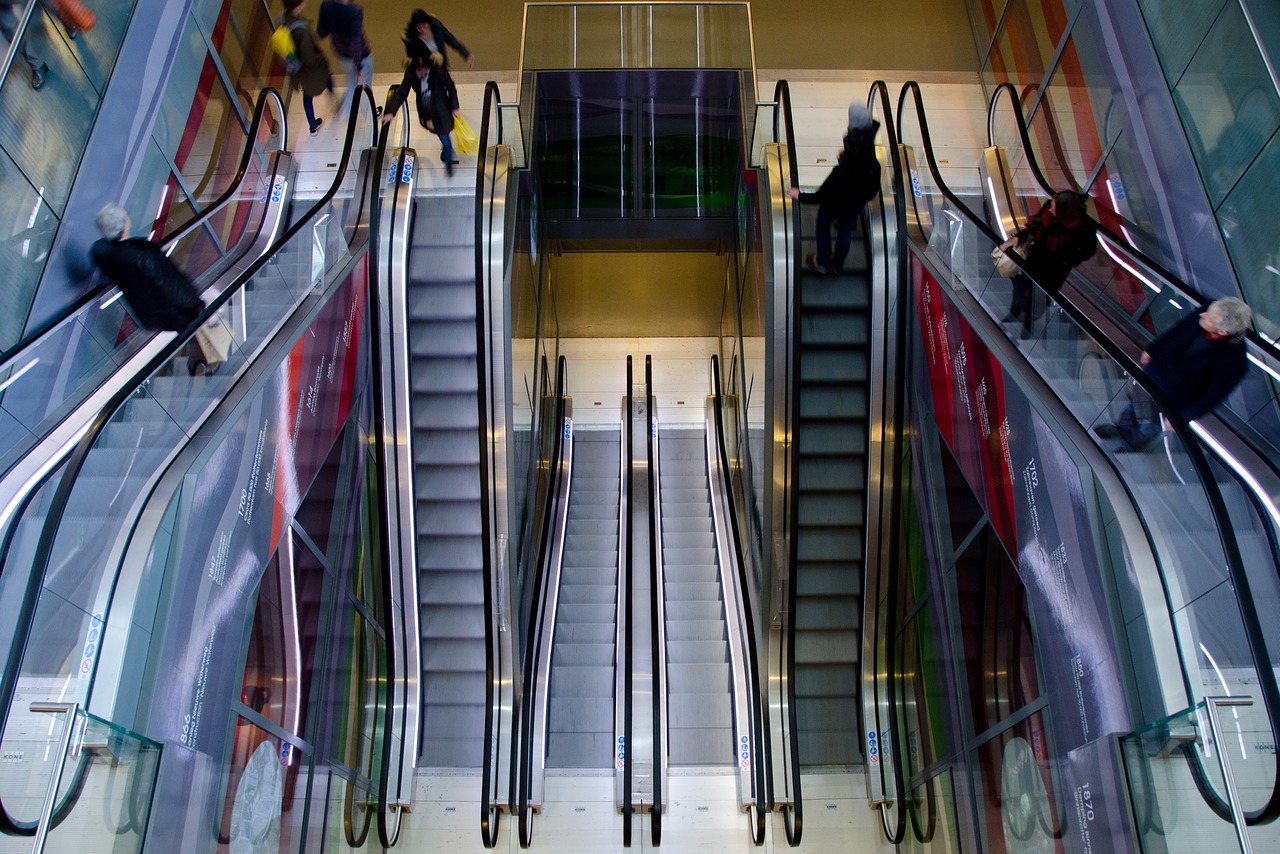I don’t know about you, but when I shop, I like to have a customer experience that is efficient and timely.
The last thing I want to do on a Saturday afternoon is spend a lot of time in a store. When I know what I want, I want to be able to get in, get it and get out. A recent experience in a department store demonstrated just how far most retailers are from this kind of efficiency.
I only wanted to buy a few pairs of socks. Upon entering the store, my first challenge was finding the department with men’s socks. There was a dizzying array of departments and brands. So I tracked down an associate (no easy task) to direct me to the right department. First challenge: 15 minutes to find the right department.
Once I chose the few pair of socks that I liked, I went to the nearest cashier (which was not so near), got in line and waited. And waited. Another 10 minutes passed while they attempted to sort out a coupon snafu. Time to find a new cashier.
Another walk, another line. But at least this one was moving. Now it was my turn for a coupon snafu. Finally, after another 20 minutes, my socks were transacted, bagged and ready to go.
There is a better way! Digital transformation in retail can solve most of the issues I had on that fateful Saturday.
Transforming Retail
What is talked about most in the digital transformation of the retail industry is an online presence. Retail strategies have been focused on competing with the best online retailer, Amazon. At the same time, those online retailers, like Amazon, have been focusing on establishing physical stores, because they know a large percentage of shoppers still want an in-store experience. People generally do not think about an in-store experience as being a hub of digital innovation.
A recent study found that 71% of shoppers want online access to inventory information for physical stores, and half would like to click and collect. However, only one-third of retailers offer omni-channel basics such as fulfillment from stores and inventory visibility across channels. The study also indicates that a significant number of consumers (39%) would altogether forgo shopping with retailers whose websites don’t offer inventory information for brick-and-mortar stores. In addition, in a separate study, 90% of consumers surveyed said they preferred shopping in brick-and-mortar stores.
“In today’s increasingly connected world, brands and retailers are struggling to find ways to appeal to omni-channel shoppers”, says Mike Paley, executive vice president of shopper marketing at agency The Marketing Arm. “Technology advances have created an environment in which the line between brick-and-mortar and e-commerce is blurred and fading fast.”
The First Digital Steps
The advent of digital in-store experiences were new Point-of-Sale (POS) and barcode scanning systems. But those technologies only touch the surface of providing the digital experience for a customer in a physical store.
There is more to the in-store storyline than nice, new “bells and whistles”. The value proposition for retailers to invest in in-store digital capabilities include the following:
- Most importantly, seamless capabilities across all channels for an end-to-end customer experience
- Reduced friction in the in-store customer experience
- Reduction in cost through more efficient supply chain and inventory management processes
- More efficiency and increased productivity of sales associates
Given the value proposition, the trends in in-store digital transformation are promising:
- 89% of store operators have either increased or maintained their investment in mobile technology
- 42% of retailers already have armed their store associates with mobile technology and 16% are planning to add to this capability in the future
- As many as 92% of retailers plan to implement social networking solutions within the next two years
But adoption is still low overall. There are several reasons for this:
- First and foremost, existing technology infrastructure is preventing them from moving forward quickly with new solutions because of extensive infrastructure supporting legacy systems
- With limited experience, it is hard to quantify technology ROI
- In some cases, the TCO of in-store technologies makes it hard to justify many of the newer technologies
- The divide in management of online and in-store channels reduces the optimal end-to-end digital experience and cuts into the potential ROI of the technology
Digital Trail in In-store Operations
The best way to understand how the components of this digital transformation changes the store operations from receipt of goods in inventory at a store to the sale and carry-out of the goods by the customer is depicted in the following table:

Conclusion
If retailers are investing in digital only through opportunities offered from ecommerce business, or measuring success simply by measuring channel sales, they are missing the bigger opportunity.
The retail industry is at the beginning of a digital transformation in many ways. And it isn’t just about e-commerce, technology devices and connectivity in-store, it is really about business outcomes, such as new customer experiences, revenue streams and business models. Part of this success is taking advantage of digital opportunities within physical stores, integrated with online experiences.
There are several keys to success for this to happen:
- Retailers must establish cross-channel, cross-functional teams and organization models that put the customer at the end of everything they do, including marketing, e-commerce, store operations, IT, finance and customer service
- Develop new forms of measurement, looking at all channels end-to-end
- Understanding that value is gained from having little or no classic inventory. It’s about the customer experience. Inventory could be in-store, in a warehouse to be shipped, all accessible either online or in-store. It is no longer about stocked shelves with every SKU imaginable
- Allow for failure. Retailers can’t ignore all the possibilities out there. Some innovations will fail. Others unexpectedly could become the next big thing. That does not mean you take your eye off of ROI, although it does require some level of risk-taking. The key is accountability for whatever is done to achieve the strategic objective
Sources:
1 Anne Marie Stephen, Online, Offline, and the New World of Flat Retailing, Journal of Retail Analytics, May 26, 2015 https://www.linkedin.com/pulse/online-offline-new-world-flat-retailing-anne-marie-stephennn
2 Sharon Goldman, 5 Cutting-edge Retail Technology Trends, CIO, October 6, 2015 http://www.cio.com/article/2989716/retail/5-cutting-edge-retail-technology-trends.html
3 Optimizing In-Store Operations in an Increasingly Cross-Channel World, Level IO Executive Brief, 2014 http://www.level10.com/uploadedFiles/Siteroot/Resource_Center/Level10_ExecutiveBrief_StoreOpertions.pdf
About the Author:






Digital transformation is truly revolutionizing the retail industry, creating exciting new ways to engage customers and streamline operations. The future looks bright with tech advancements driving growth. Looking forward to seeing how retailers continue to adapt and innovate!